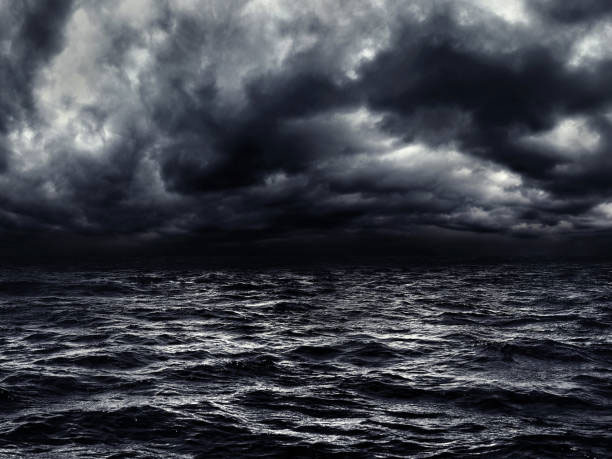Scientists have recently discovered a new weather phenomenon known as atmospheric lakes. These atmospheric lakes contain small pools of water that move slowly, resulting in stormy rains.
Currently, this type of storm occurs over the western Indian Ocean and moves towards Africa. Unlike most storms, which are tropical cyclones, atmospheric lakes have a concentration of water vapor dense enough to produce stormy rains.

The “atmospheric lake” phenomenon in nature – (Photo: ISTOCK).
According to Science Alert (Australia), this research was presented at the American Geophysical Union meeting this fall.
Atmospheric lakes exist in equatorial regions, where wind speeds are often very low or negligible. An analysis of five years of meteorological data shows that storms of this type can persist in the atmosphere for a total of 27 days.
Over the past five years, scientists have also identified 17 atmospheric lakes that lasted more than six days, located within 10 degrees of the equator.
Atmospheric scientist Brian Mapes at the University of Miami (USA) stated that in the context of climate change, atmospheric lakes could be a cause for concern.
“Due to rising temperatures, the movement of these atmospheric lakes could directly impact the amount of rainfall that the eastern coast of Africa receives,” Mapes said.
According to expert Mapes, if all the water in the atmospheric lakes were to be condensed at once, it would result in a significant amount of stormy rainfall.
Further research is still being conducted regarding this new discovery. Some atmospheric lakes could potentially transform into tropical cyclones near the equator that we are already familiar with.


















































